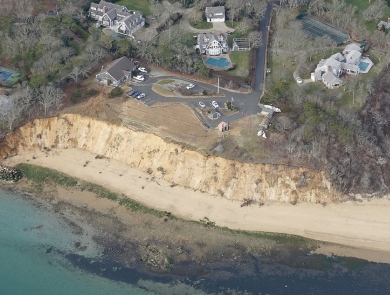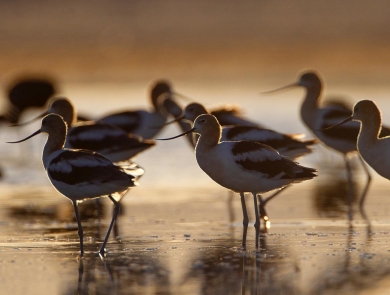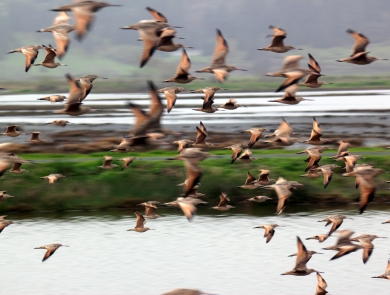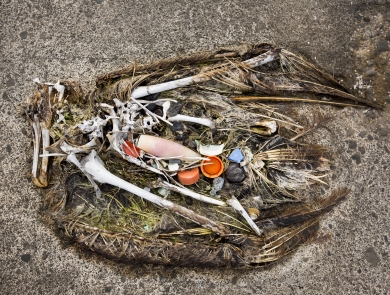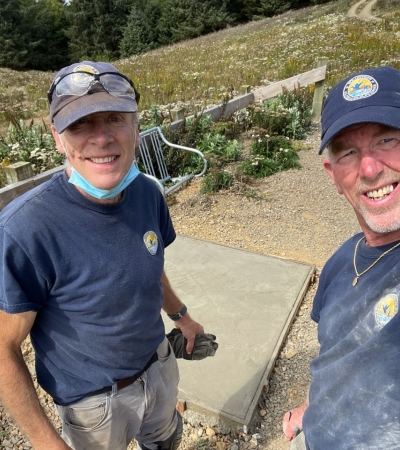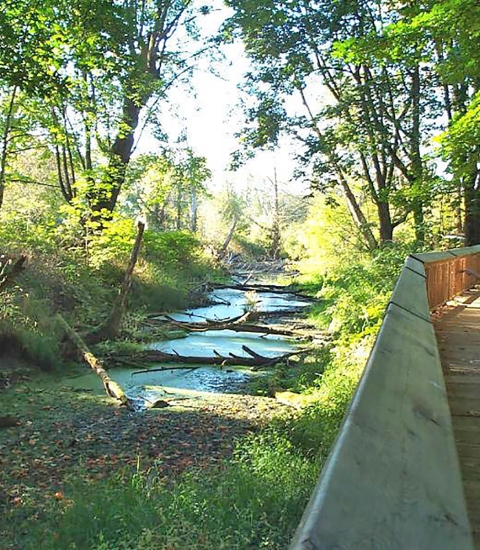Facility
Location
Milepost 32, Hwy 93
Alamo, NV 89001
United States
Volunteer Position Overview
About This Position
Volunteers needed for the following 3 or 4 month commitments: September - October OR September - November 2024, December – February 2025, and March - May 2025.
Come spend the spring at a waterfowl oasis in Southern Nevada! Pahranagat National Wildlife Refuge has an immediate need for a residential volunteer couple or single to serve as a Refuge Volunteer. This position works in the Visitor Center and also provides assistance to the biology and maintenance programs on the refuge.
Pahranagat National Wildlife Refuge is located in Alamo, Nevada, about a 90-minute drive north of Las Vegas. Established in 1963, the 5,382 acre refuge provides healthy wetland, riparian, meadow, and desert habitats for over 260 species of migratory birds, especially ducks, geese and swans. To learn more about the refuge, visit our website: https://www.fws.gov/refuge/pahranagat/ .
As a Refuge volunteer, you will assist not only with the visitor center, providing orientation and interpretation to refuge visitors, but also assist with the maintenance of and conservation of the wildlife habitat. Tasks will include, but not limited to:
- Staffing the refuge visitor center and information desk. Answering questions in person and over the phone regarding the refuge, local natural and cultural resources, safety precautions, rules and regulations, and services
- Ensuring refuges visitor facilities are clean and welcoming, including cleaning bathrooms, emptying trash containers, ensuring the refuge is free of litter and other light maintenance of the visitor facilities
- Assist with interpretive and education programs
- General property maintenance to include custodial upkeep of refuge buildings, grounds, and infrastructure
- Trail and ground maintenance, including trimming trees and bushes, mowing grass and planting native vegetation
- Repair/replacement/installation of signage
- Special projects, as assigned, including but not limited to stream restoration, re-vegetation projects, maintain/clean irrigation ditches, and building up road base
- May perform a variety of other duties
RV or motor home utility hook-ups for electric, water, and sewage are available. Propane is also provided. The commitment requires at least 24 hours/week per resident. When applying, please provide contact information for three references. Two references should be professional. If applying as a couple, please provide both applicant names.
Duties/Activities
Stories About Volunteering
Other Ways to Work with Us
Are you looking for something different than a volunteer opportunity? The Fish and Wildlife Service employs around 9,000 people nationwide and offers great internship opportunities every year.
